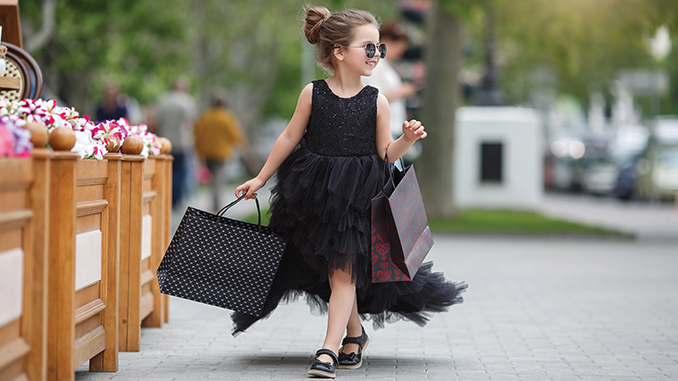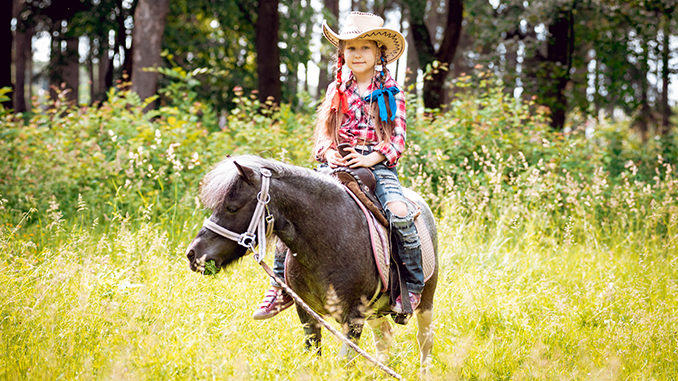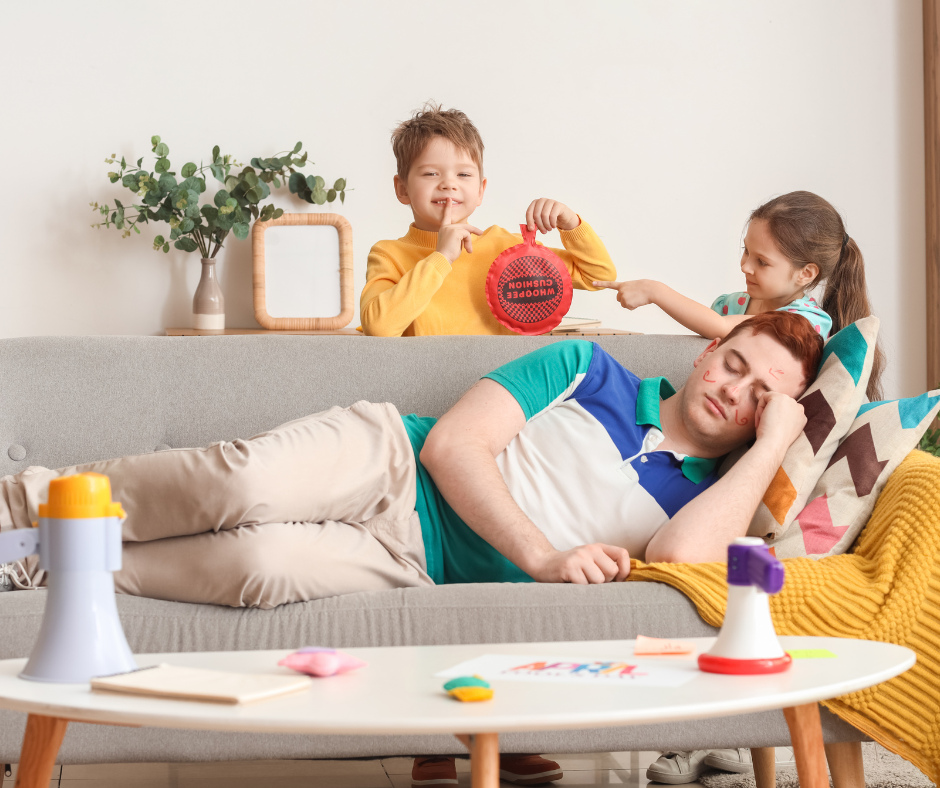Kids grow quickly, and before you know it, they need new clothes. Because fashion is often an integral part of a child’s self-image, a new wardrobe often comes at a high cost. But with advance planning, your kids can still wear the latest trends at a price that fits your wallet.
Out with the old? To keep costs down, make the most of your kid’s current wardrobe. Eliminate outgrown or outdated articles and save basic or classic pieces that still fit. Inspect these items and replace missing buttons, mend seams, patch tears, and remove stains.
If shoes still fit, increase their life by replacing worn heels, broken eyelets, and dirty shoelaces. Then freshen them with a good shoe cleaner and brightener or polish.
For clothing that has lost its vibrancy, or if your kid just no longer likes the color, try dyeing to a new color. Powdered Rit dye is inexpensive.
Style is important to kids. Create new fashionable outfits by pairing an old basic shirt with a new pair of jeans and a stylish belt. Or mix a pair of old but still good jeans with a shirt in one of fall’s new colors.
Finally, determine what garments have something to match and which are incomplete, then carry a list of needs when you shop.
Set your budget. Before you shop, go over your list and explain the budget to your kids. If designer label battles start, offer your kids the option to pay the difference above what has been budgeted for that item.
Avoid buying clothing sets. Instead, select versatile pieces. Look online or in the weekend edition of your metropolitan area newspaper for sales and coupons. Then compare store prices before heading out to make sure it’s the best deal.

Secondhand savvy. Today, families in all income brackets are reaping the benefits of secondhand shopping. Depending on your child’s age and personality, you may need to alleviate any fears and objections. Assure your child or adolescent that no one will know the clothes are secondhand unless they choose to disclose it. Also, point out the savings could result in a larger, and possibly better, wardrobe.
When you shop secondhand, inspect clothing thoroughly for stains, tears, broken zippers and snaps, frayed pant cuffs, and other damage. Check for body odor and mildew smells that may be difficult to wash out. And try on clothes before taking it home since it may not be returnable.
Secondhand clothes can be found at garage sales, thrift stores, consignment and resale shops, and even online. Prices vary, so explore all the options in your area. Kids’ shirts typically range between $2 and $10 and jeans between $4 and $15 depending on size, condition, label, and the store.
A no-cost option is to form a clothing swap with family, friends, co-workers, and neighbors. Each person should label the boxes of clothing according to gender and size. Then get together for the exchange and watch your child’s new wardrobe grow.
Clothes that last. Make your kid’s new wardrobe last by following washing instructions, especially for teen girls’ clothing. Some fabrics will shrink beyond recognition if not laundered correctly.
Boys are especially hard on pants knees. Give pants extra wear by sewing a fun patch on each knee (after making sure your child is okay with it).
Unless shopping for the less-choosy younger set, have your kids approve all purchases. Otherwise, the duds will hang in the back of their closet.
While regularly worn shoes should fit properly, purchase articles such as rain gear or dress shoes that’ll seldom be worn one-half to a full size larger to get through an extra season. When selecting rain gear in this manner, choose a style that will not cause your child to trip or obstruct her view.
Kimberly Blaker is a freelance parenting and lifestyle writer. She’s also founder and director of KB Creative Digital Services, an SEO content agency, at kbcreativedigital.com





